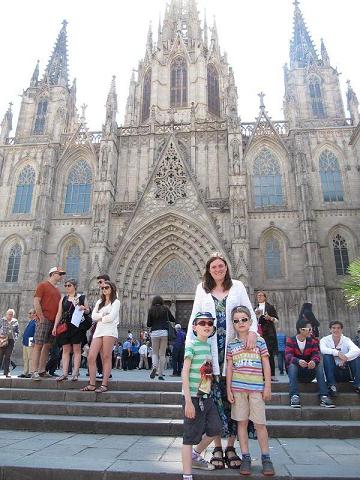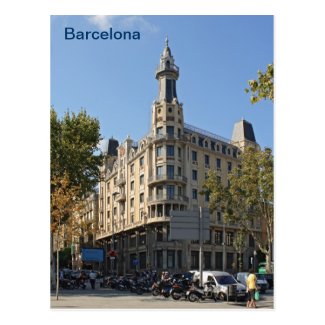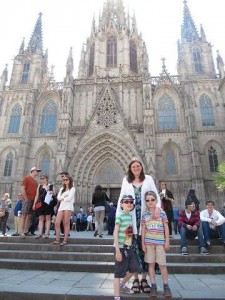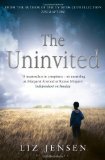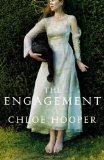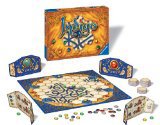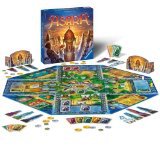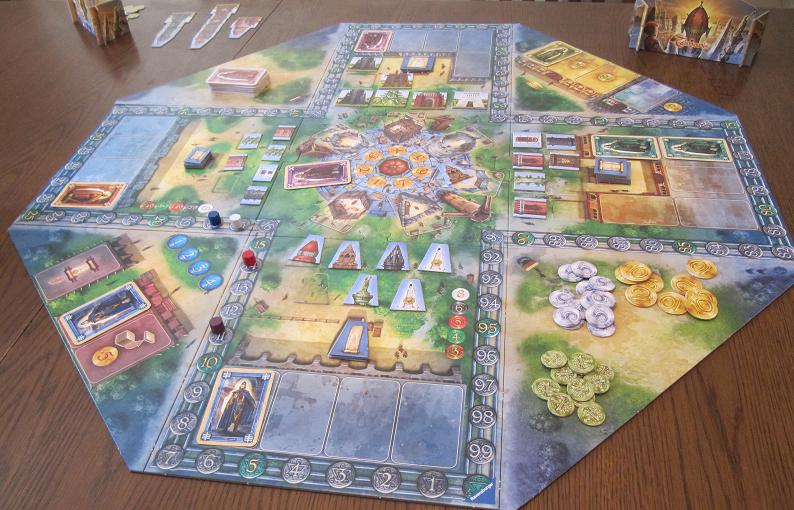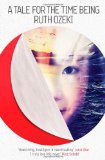
Five words from the blurb: diary, girl, tsunami, change, life
A Tale for the Time Being is an unusual mixture of Japanese and Western literature. The book begins with Ruth, a woman living on a remote Canadian island, discovering a lunchbox on the beach. The lunchbox is one of many items to be washed across the ocean by the tsunami and on opening it she discovers the diary of Nao, a teenage girl who is being bullied at school. Through reading the diary Ruth learns about Nao’s family: her suicidal father, her great-grandmother’s life as a Buddhist nun, and her great-uncle’s experience as a kamikaze pilot during WWII. Ruth develops a bond with this family and begins a quest to find them; longing to know whether or not they survived the tsunami.
The book begins really well. I loved Nao’s modern, chatty style and quickly warmed to her; feeling as though I understood her thoughts and motivations.
I don’t mind thinking of the world without me because I’m unexceptional, but I hate the idea of the world without old Jiko. She’s totally unique and special, like the last Galapagos tortoise or some other ancient animal hobbling around on the scorched earth, who is the only one left of its kind. But please don’t get me going on the topic of species extinction because it’s totally depressing and I’ll have to commit suicide right this second.
The diary format worked well and this the first book I’ve read that successfully manages to include you tube, mobiles and the Internet without feeling forced or experimental.
Ruth’s character was also well developed and I particularly enjoyed her vivid descriptions of life by the sea. The entire book was packed with atmosphere and, although this made the book slow to read, it was well worth the time.
I enjoyed reading the entire book, but it didn’t impress me as much as I thought it might. The main reason for this is because the majority of the philosophical elements were familiar to me. The ideas were beautifully presented, but Schrödinger’s cat and multiple universes have been done many times before. I also found that the Japanese elements, for example the ghosts of the dead and the crow symbolism, didn’t feel as fresh and alive as they do in the hands of Murakami. It feels wrong to criticise this novel when there is technically nothing wrong with it, but the scientist in me didn’t quite accept some of the theories.
Despite my minor quibbles, the positives far outweigh the negatives. It perfectly captures life at the present time and I recommend you read it soon, before it inevitably becomes dated.

.
The thoughts of other bloggers:
…the line between fiction and reality is not clear-cut in this novel, which makes it all the more enthralling and appealing. Bookmagnet’s Blog
A Tale for the Time Being isn’t a bad novel, but it doesn’t need all the padding that the meditations on time and quantum physics require; I think it could be shorter and better. Necromancy Never Pays
The humanity of the novel is enormous and takes your breath away in most places. Of Books and Reading

